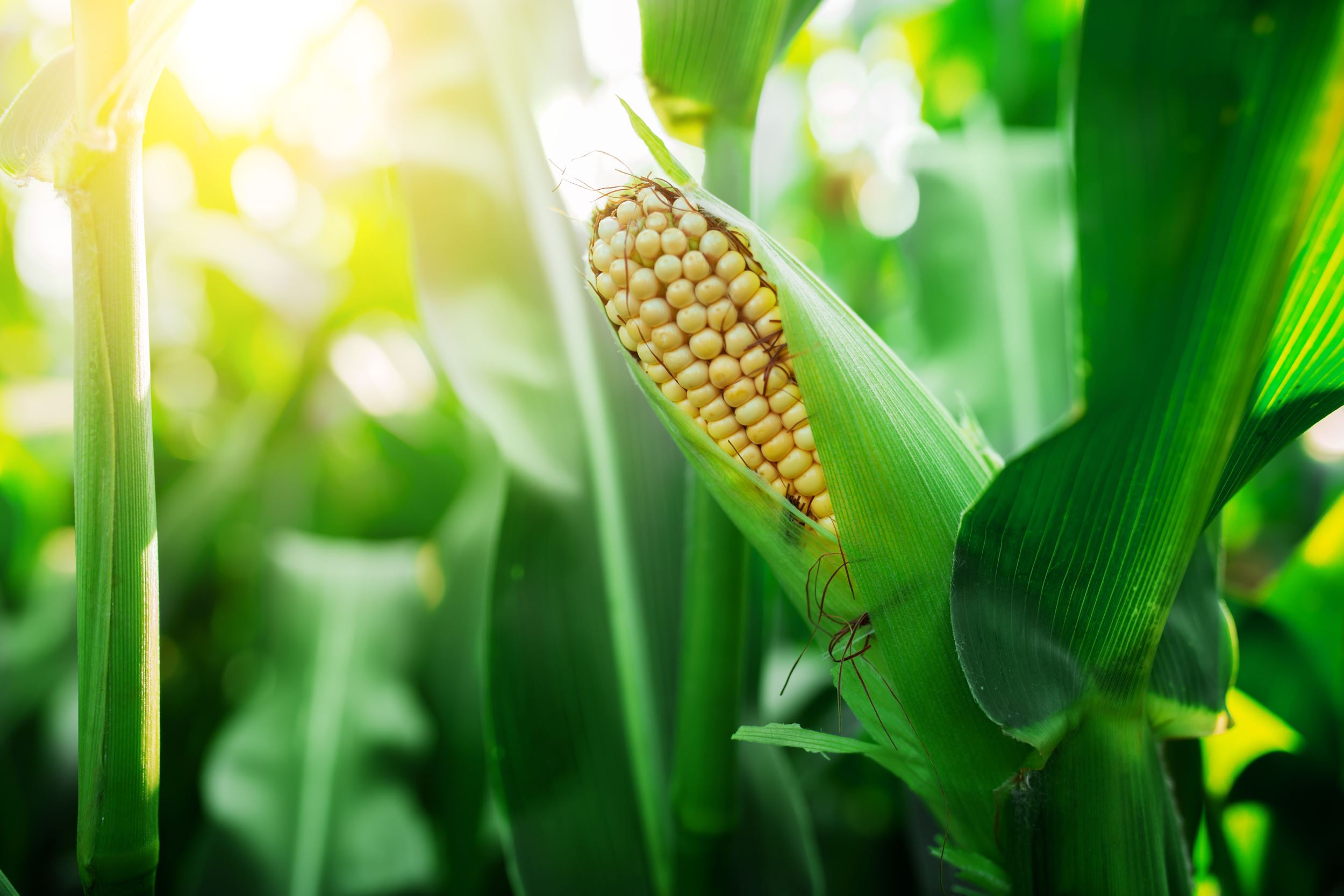The Roadmap to Healthy Soil Begins With Manure
posted on Tuesday, August 6, 2019
The Roadmap to Healthy Soil Begins With Manure
This edition of Homegrown Iowa is the first in our series on building soil health using swine manure—the people, processes and commitment to protecting water quality and the environment.
Seventeen percent of corn and 19 percent of soybeans are harvested, according to Iowa Secretary of Agriculture Mike Naig’s crop report, as of the printing of this edition of Homegrown Iowa. While crop farmers are playing catch up on this year’s harvest—praying for high yields and warm October sunshine to dry out soggy fields— another team of farmers are patiently waiting to get in the fields behind the harvesters.
At Iowa Select Farms, plans to replenish 170,000 acres of Iowa farm ground with organic fertilizer have been ongoing for months. Twelve environmental service professionals, 65 manure application teams and 1,600 crop farmers have been working together to execute the 4R Nutrient Stewardship strategy—the right fertilizer, at the right rate, at the right time and in the right place.
As farm trends come and go, one thing has remained of constant focus: soil health. The premise is simple—the healthier the soil, the fewer the nutrients that will leave the soil and end up in rivers and streams.
According to Jerry Hatfield, USDA Agriculture Research Service (ARS) plant physiologist and conservation ag advocate, swine manure has a distinct advantage to delivering what farmers need.
“The most overlooked value of manure is the role in improving soil quality,” said Hatfield. “Soil fertilized with manure has better bulk density, aggregation, soil organic matter, and soil biological activity.”
Today, Iowa has 26,256,347 acres of cropland, and only 25 percent (6.5 million acres) is fertilized by livestock manure, according to ISU Extension. Iowa Select Farms is responsible for supplying the fertility for 0.6 percent of Iowa’s cropland.
Farm Animal Manure Restoring Soil Health for Centuries
Looking back at American agriculture, animals have always been the key to providing the nutrients for crops and increasing soil quality.
In 1907, the first Iowa State College Extension bulletin (now Iowa State University) included a story on Farm Manures by A. H. Snyder, in which he stated, “One of the important functions of farm manure is to convey back to the soil, in a readily available form, the majority of the plant food removed from it by crops.”
The bulletin begins with Snyder’s concern that a quarter of the crop was leaving the farm and would never be recycled (as feed, bedding, or manure) back to the soil. He feared this would result in lower soil quality as the farmer would then need to use a different method of fertilization.
What Snyder was advocating for is now referred to as environmental sustainability—when crops feed livestock, livestock generates manure and manure fertilizes the crops.
In this period of history, farmers were beginning to experiment with commercial fertilizer in eastern states and next door in Illinois. Snyder went on to make some strong social statements about this shift in practice. “It is high time for the land owner of Iowa to decide whether … he, like his brother farther east, will rob his soil by wasteful and haphazard methods, until it is no longer a question of maintaining, but rather a question of acquiring or building up fertility.”
Two important points here. Today’s swine and crop farmers certainly understand the value of manure, in fact, many sell their manure at market value for N, P and K. Second, agriculturalists today would never be so hard on commercial fertilizer, especially in recognition of the advances in feeding the world it has provided. Manure is not always readily available for farmers, as not all farms have livestock to fulfill a sustainable livestock and cropping system.
And certainly A. H. Snyder could never have imagined the pushback that some farmers who wish to add or grow livestock have experienced in recent times.

A. H. Synder gives a soil science lesson on a railcar to farmers on the “Hog Train,” an educational method used in the early 1900’s by the Iowa State College Extension Service to disseminate information.
What Soil Scientists Said In 1907
Ways In Which Manure Is Beneficial
One of the most valuable assets of a farm is the manure produced upon it. It represents fertility which has been drawn from the soil by crops and must be returned to it, if productiveness is to be maintained. It not only adds to the store of plant food in the soil by returning the nitrogen, phosphoric acid and potash removed by the crops, but it also renders the native plant food of the soil more available.
Some of the more important ways in which manure benefits the soil may be briefly stated, as follows:
1. It increases the supply of humus
2. It adds plant food
3. It acts upon the soil in such a manner as to render the plant food of the soil more available
4. It makes the soil warmer
5. It enables the soil to receive and retain more water, and to give it up gradually to growing crops
6. It improves soil ventilation
7. It aids in the development of bacteria
8. It helps to prevent the denuding effect of washing and heavy wind storms - A.H. Snyder, Soils Specialist, Iowa State College Agricultural Extension – October, 1907
In geology, denudation involves the processes that cause the wearing away of the Earth’s surface by moving water, by ice, by wind and by waves, leading to a reduction in elevation and in relief of landforms and of landscapes.
The Role of Bacteria in Soil Health
Bacteria from all four groups perform important services related to water dynamics, nutrient cycling and disease suppression. Some bacteria affect water movement by producing substances that help bind soil particles into small aggregates. Stable aggregates improve water infiltration and the soil’s water-holding ability. —USDA NRCS
Researchers 111 Years Apart Agree on Manure as Key to Restoring Soil Health
What Researchers Say Today
Precision Agriculture Tools Drive Continuous Manure Management Improvement 
“The value of animal manure as a crop fertilizer has been known to farmers for centuries,” says Dr. Dan Andersen, assistant professor in Agricultural and Biosystems Engineering at Iowa State University. “But with only 25 percent of Iowa cropland being fertilized with manure, the nutrients found in manure are needed now more than ever.”
Andersen says current research tends to focus on the use of technology to better store and utilize the nutrients found in manure. “Many of these new technologies are quite sophisticated and mean that farmers today manage manure better than ever. After all, tractors and the equipment they control are nothing more than computers with wheels!”
Andersen cites the following technologies that ensure farmers are using the 4R Nutrient Stewardship strategy, which we’ll highlight later on in the series.
1. Mapping crop yields
2. Matching the amount of manure applied to what the crop actually needs
3. Data processing to match manure flow rates to fertility needs
4. Managing cover crops to work tandem with animal manure
Most current manure management research focuses on soil health, agricultural sustainability, and improving the robustness of our soils to occurrences of drought or heavy rainfall. These subjects often have one thing in common—how to increase soil organic matter as a way to improve soil tilth and structure.
Better Technology, Better Precision
Today, Geographical Information System (GIS) software allows pig farmers the ability to view the manure source and the neighboring fields receiving the nutrients. Every parcel of ground is mapped into the system, including creeks, building sites, terraces or tile outlets. Aerial imagery is used as the base maps and layers are then added for contours, county tile lines, flood area, water sources and public areas. GIS technology ensures manure is applied responsibly and in compliance with all state regulations.
“With today’s technology, including GPS location guidance, flow controllers and weigh scales on manure spreaders, it is possible to vary the rate of application on-the-go as the applicator moves through the field,” said Andersen. “The farmer can then generate maps of how many gallons per acre are applied.”
Andersen says getting a firm grasp on issues such as manure nutrient content, variability of nutrient content during application, how accurate can farmers hit rate targets, how uniform is the application and how good is the application method will be the subject of continuing research.
Repeated Use of Manure is Better
“Repeated use of manure helps build up the soil health even more. One study found that five years of manure or compost application increased hydraulic conductivity, porosity and available waterholding capacity of the soil by 85 and 56 percent for the compost and manure application treatments, respectively, compared to controls.
In short, the more farmers use manure for their fertility needs, the more their soil health improves.”
Dr. Dan Andersen, assistant professor, Agricultural and Biosystems Engineering, Iowa State University – October, 2017

See PDF Here
Subscribe to our newsletter: Get fresh articles delivered straight to your inbox.
Subscribe